The archaeologists adding to Scotland's history one dig at a time
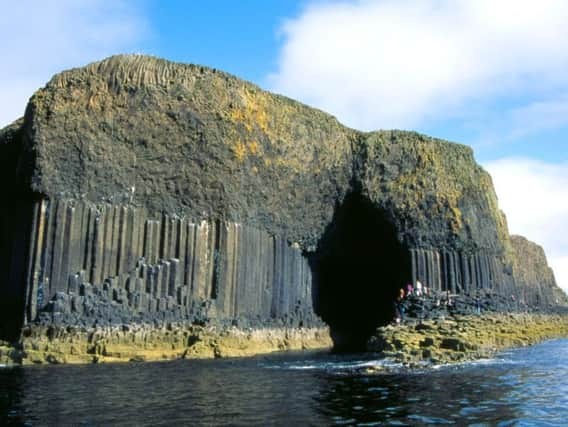

Archaeologists working for National Trust for Scotland have recently helped to enhance our understanding of some of Scotland's most famous historic sites, from Glencoe to the island of Staffa and Culzean Castle.
New angles have been added to old histories as tiny pieces of tangible evidence offer fresh insight into our most cherished places.
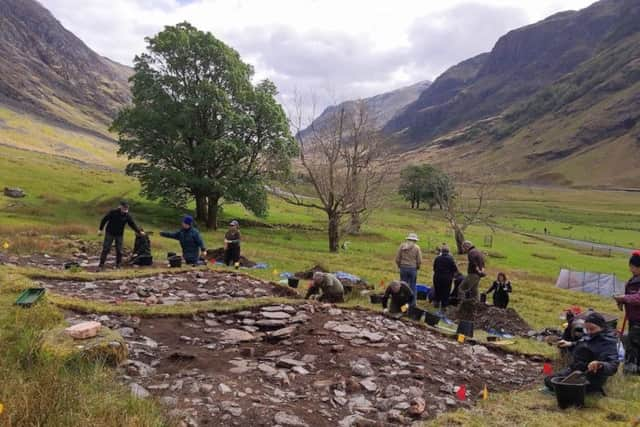

Advertisement
Hide AdAdvertisement
Hide AdOn Staffa, which is dominated by the geological wonder of Fingal's Cave, NTS was able to establish that people were likely to have been living here thousands of years before the island was "discovered" by naturalist Joseph Banks in 1772.
Derek Alexander, head of archaeology at National Trust for Scotland, said: "Staffa is one of the ones that I think is right up there in terms of success.
"People visited there in the 18th and 19th Century because of Fingal's Cave but then it got forgotten about.
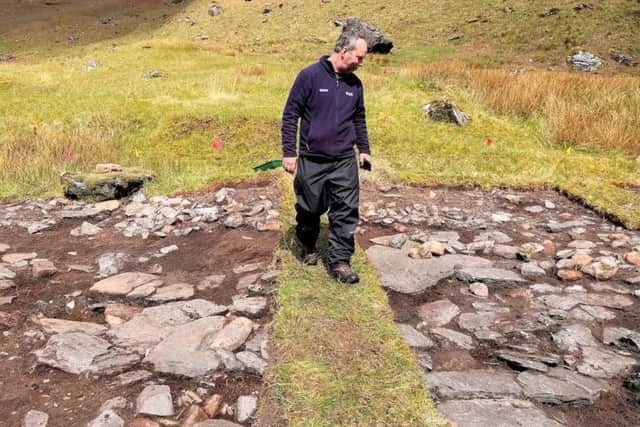

"When you go there, you get that sense that it is somewhere special. We started thinking about what people thought about it before 1772. Were they as wowed by the place? Were there people on Staffa and what were they doing there?"
Among the finds made on Staffa was a singe burnt grain of hulled barley which gave a radiocarbon date of 1880BC to 1700BC which showed that people were visiting and likely living on the island during the Middle Bronze Age.
"We started to fill in the gaps. We were able to establish that people have been on Staffa, and connected to it, for thousands of years," Mr Alexander said.
Daniel Rhodes, who has worked as an archaeologist for the trust for 10 years, said it was "amazing" to be able to add to the history of such iconic landmarks.
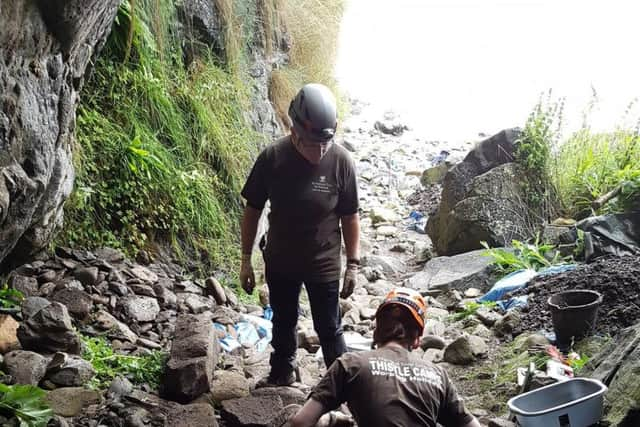

He said: "People go to Staffa for Fingal's Cave or for the puffins, and they are really wonderful, but we know now there are other reasons to got there.
Advertisement
Hide AdAdvertisement
Hide Ad"What we are trying to do is deepen the experience of our sites so that people have more and more reason to visit them."
National Trust for Scotland is one of the country's largest landowners and holds around one per cent of the landmass in its name.
Mr Alexander said: "Within that, there is a lot of archaeology and it ranges from individual cairns and rock art to entire villages, such as St Kilda. On all these features we are using archaeology to get more information.
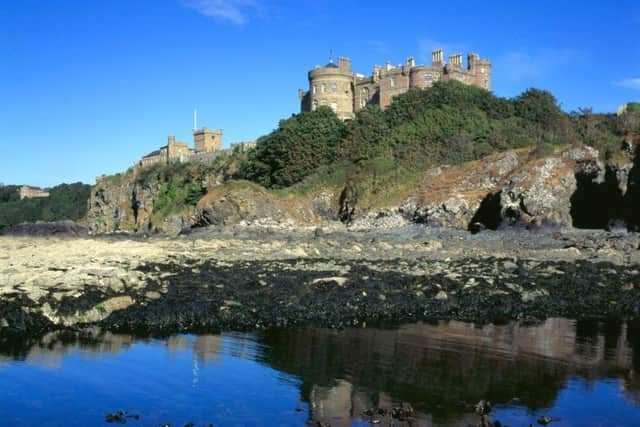

"It is a good way of getting tangible bits of evidence that people can relate to.
"You can scratch the surface of some of these sites and pretty quickly you can be going back to prehistory.
"Archaeology is very much about the everyday...you are looking at everyday things that people lost, broke and threw away. It really is the story of normal people."
Recent excavation work at Culzean Castle has shown how the dramatic coastal landscape was inhabited possibly up to 8,000-years-ago, long before Robert Adam's classical masterpiece came to dominate the cliffs here.
Mr Alexander said: "Culzean is quite typical and we have had a lot of incremental finds that increase our understanding of the place.
Advertisement
Hide AdAdvertisement
Hide Ad"You get little bits one year and more then next, and then slowly but surely the timeline of the place builds up.
"When we did field walks, we found flints that were neolithic in date which take you back to 6,000BC to 4,000 BC. In the caves, we got dates from the Bronze Age."
Volunteers are a major source of support to the work of the NTS archaeology team, particularly through the Thistle Camp working holiday schemes.
People who take part in the camps have developed skills in archaeology and conservation, as well as uncover some fascinating new takes on Scotland's past.
At Glencoe, Thistle Camp volunteers helped to piece together the stories of the people who lived in the glen around the time of the infamous 1692 massacre.
Abandoned townships of Achtriochtan, Achnacon and Inverrigan have been studied by Mr Alexander and his team.
At Achtriochtan, remains of five of the eight buildings marked on earlier maps have been identified with it thought one of them may have been a pub.
Fragments of manganese mottled ware, which was traditionally used to create tankards and drinking goblets have been found nearby, as well as fragments of glass bottles.
Advertisement
Hide AdAdvertisement
Hide AdNow, a replica turf house, like the ones lived in at Achtriochtan, will be replicated at the Glencoe Visitor Centre to enhance understanding of the glen, its people and its past.
The trust is also using archaeology to help inform how Scotland's historic sites will be used in the future.
Archaeologist Daniel Rhodes has been working on an archaeology and landscape project at Inverewe Gardens in the north west Highlands, where evidence of prehistoric and Iron Age habitation has been found.
Mr Rhodes said: "We are trying to work out what the landscape was like 2,000 years ago and how people lived there then.
"Perhaps we start to use that information to inform how we look after that land and forestry and how we can use what we know about the past for the future.
"It is about understanding what what the landscape looked like and what we want it to look like in 100 years time and beyond."
Creating a new generation of custodians for Scotland's treasured places is also key.
Public participation in the NTS archaeological digs is growing - and the rewards can also be great.
Advertisement
Hide AdAdvertisement
Hide AdAt Castle Fraser, a family archaeology weekend ended in a nine-year-old boy finding an Elizabeth I coin dating from 1570 - around the time that the original castle tower was built.
Mr Rhodes said: "It is why we get excited...that discovery. There is always a chance of finding something.
"You can work with all the science, all the geophysics, but digging something up and proving something is there or finding an artefact that hasn't been touched for 400 years gives you that person-to-person connection.
He added: "We are really trying to get families and get children involved in archaeology and history.
"Then, you create advocates for the future. If you become interested as a child, you become an interested adult.
"Learning in the classroom can be brilliant stuff but if you have a tangible experience of history, that sticks with you for the rest of your life."
-To win a five-night stay at some of Scotland's most treasured places for you and your family - as well as a year-long family membership for the National Trust for Scotland - visit www.nts.org.uk.
The prize includes private tours, a Land Rover Safari, luxury accommodation and delicious dining for two adults and up to two children.